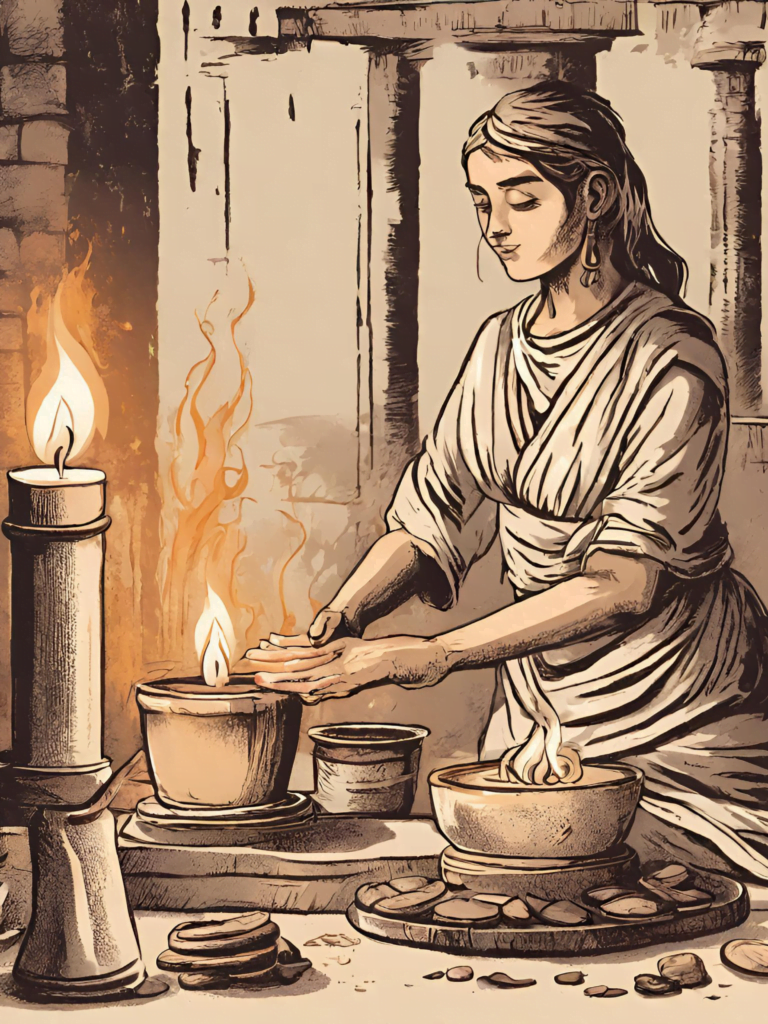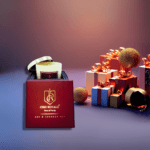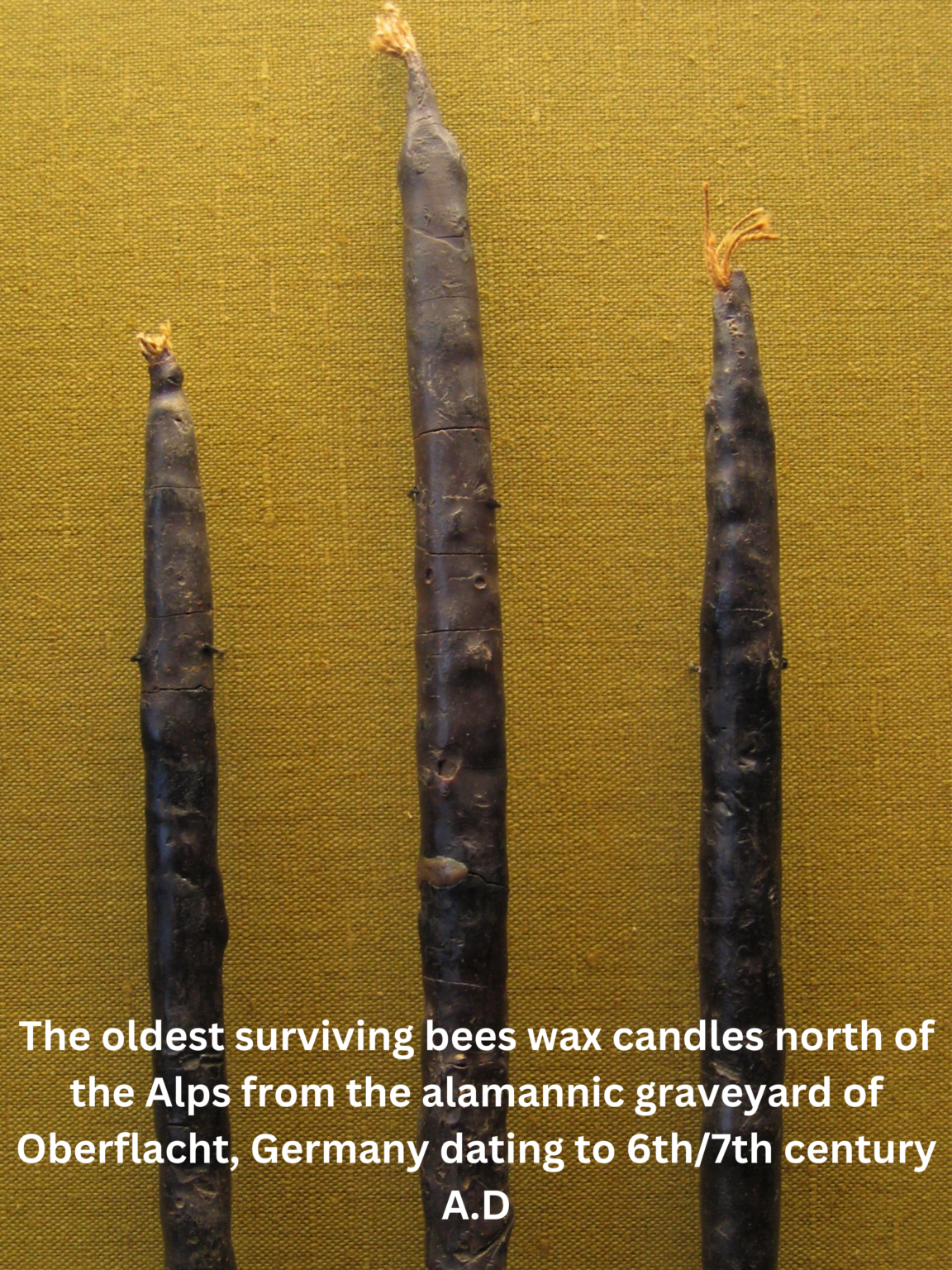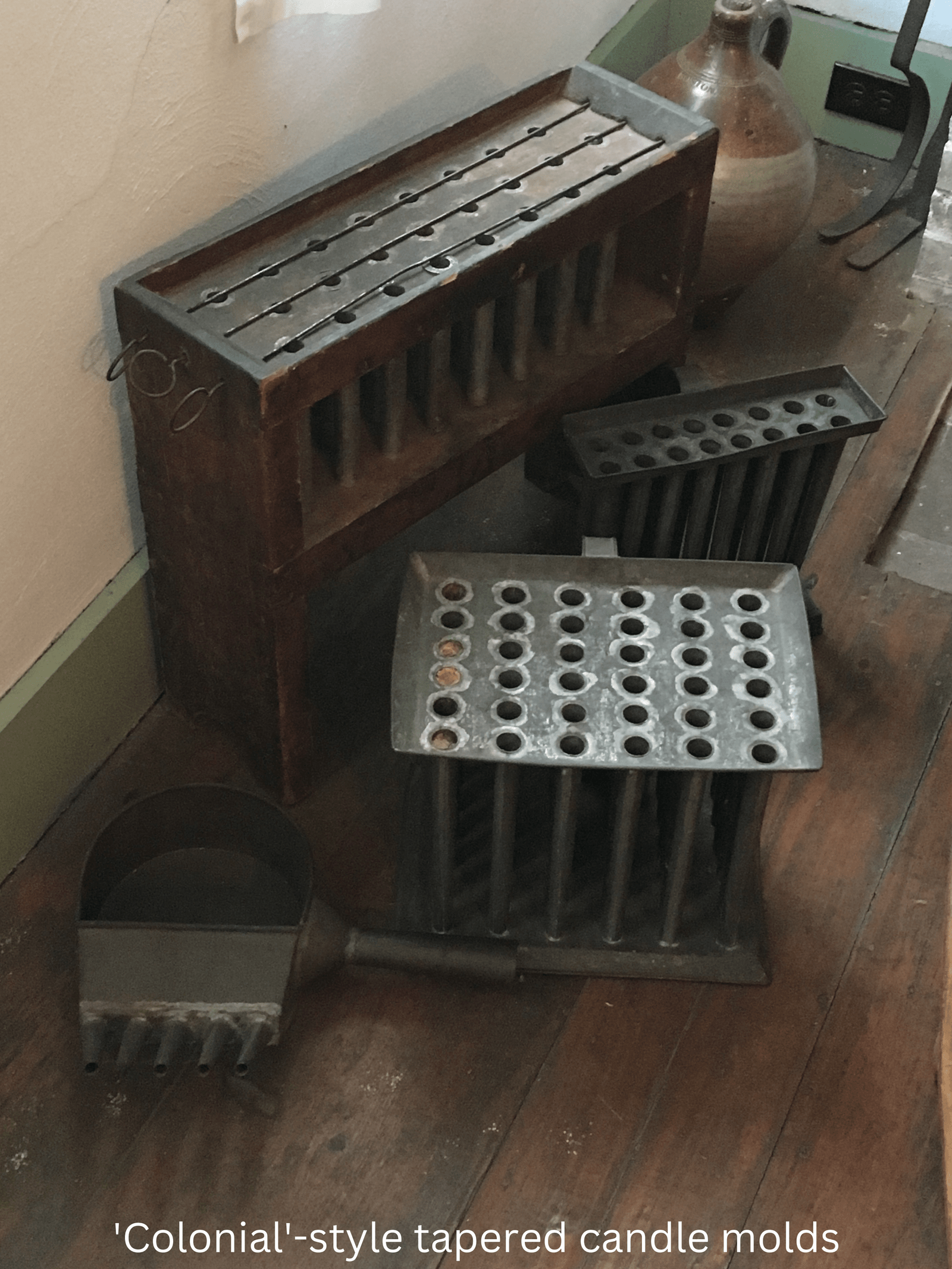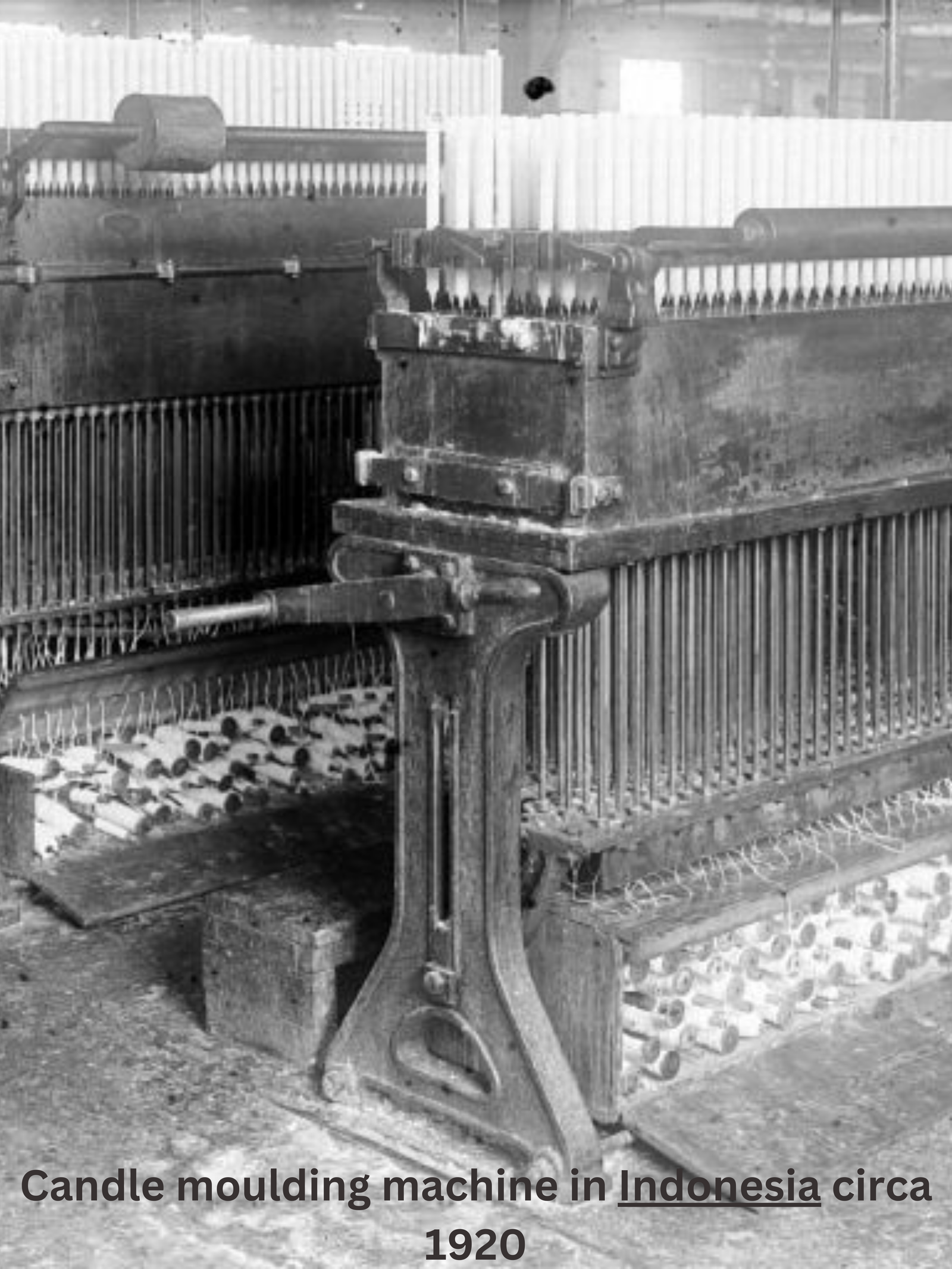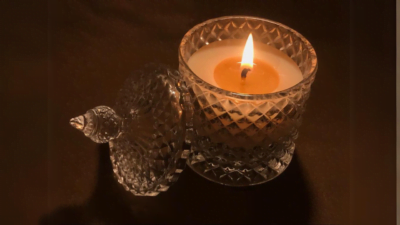After the collapse of the Roman empire, trading disruptions made olive oil, the most common fuel for oil lamps, unavailable throughout much of Europe. Therefore, candles became more widely used. By contrast, in North Africa and the Middle East, candle-making remained relatively unknown due to the availability of olive oil.
Candles were commonplace throughout Europe in the Middle Ages. Candlemakers (known as chandlers) made candles from fats saved from the kitchen or sold their candles from within their shops. The trade of the chandler is also recorded by the more picturesque name of "smeremongere", since they oversaw the manufacture of sauces, vinegar, soap, and cheese. The popularity of candles is shown by their use in Candlemas and Saint Lucy festivities.
Tallow, fat from cows or sheep, became the standard material used in candles in Europe. The unpleasant smell of tallow candles is due to the glycerine they contain. The smell of the manufacturing process was so unpleasant that it was banned by ordinance in several European cities. Beeswax was discovered to be an excellent substance for candle production without the unpleasant odour but remained restricted in usage for the rich and for churches and royal events, due to their great expense.
In England and France, candlemaking had become a guild craft by the 13th century. The Tallow Chandlers Company of London was formed in about 1300 in London, and in 1456 was granted a coat of arms. The Wax Chandlers Company existed before 1330 and acquired its charter in 1484. By 1415, tallow candles were used in street lighting. The first candle mold comes from the 15th century in Paris.
In the Middle East, during the Abbasid and Fatimid Caliphates, beeswax was the dominant material used for candle making. Beeswax was often imported from long distances; for example, candle makers from Egypt used beeswax from Tunis. As in Europe, these candles were fairly expensive, and most commoners used oil lamps instead. Elites, though, could afford to spend large sums on expensive candles. For example, the Abbasid caliph al-Mutawakkil spent 1.2 million silver dirhams annually on candles for his royal palaces.
In early modern Syria, candles were in high demand by all socioeconomic classes because they were customarily lit during marriage ceremonies. There were candlemakers' guilds in the Safavid capital of Isfahan during the 1500s and 1600s.However, candle makers had a relatively low social position in Safavid Iran, comparable to barbers, bathhouse workers, fortune tellers, bricklayers, and porters.
